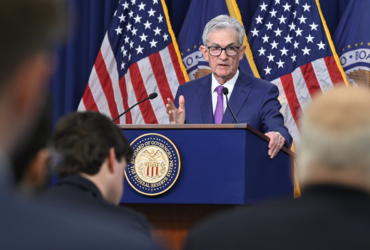Consumer confidence in the United States dipped unexpectedly in March and fell to the lowest level since November. According to the latest data released by the Conference Board the Consumer Confidence Index fell to 104.7 in March, down slightly from February’s revised figure of 104.8. This decline comes as a deviation from expectations of a rise to 106.7, highlighting underlying concerns about the future economic outlook.
The complexity of the data is further underscored by the downward revision of February’s confidence level, which was revised from 106.7 to 104.8. While February initially appeared to show a slight dip in consumer sentiment, the revised figures paint a more subdued picture.
Delving deeper into the components of the Consumer Confidence Index, it becomes evident that the decline in confidence stems primarily from future concerns rather than current economic conditions. The Present Situation Index, which measures consumers’ assessment of current business and labor market conditions, actually increased by almost 4 points to reach 151.0 in March, up from 147.6 in February. This suggests that consumers remain relatively optimistic about the present state of the economy.
However, it is the Expectations Index that experienced a notable downturn, falling 3 points to 73.8 in March. This decline reflects growing apprehensions among consumers about the trajectory of the economy in the coming months, perhaps influenced by factors such as inflationary pressures, geopolitical tensions, and uncertainty surrounding monetary policy.
Commenting on the latest figures, Dana M. Peterson, Chief Economist at The Conference Board, noted the contrasting trends among different demographic groups. “Confidence rose among consumers aged 55 and over but deteriorated for those under 55,” Peterson observed. This divergence in sentiment underscores the heterogeneous nature of consumer attitudes and preferences.
Moreover, the data also reveals variations in confidence levels across income groups. While consumers in the $50,000-$99,999 income bracket reported lower confidence in March, confidence improved slightly in all other income groups. These findings highlight the nuanced interplay between economic factors and individual circumstances in shaping consumer sentiment.
The unexpected decline in consumer confidence raises questions about the sustainability of economic recovery and the potential implications for consumer spending, a key driver of economic growth. While the present situation remains relatively favorable, concerns about the future trajectory of the economy could dampen consumer spending and investment decisions in the months ahead.





